T. I. Zohdi9780898716276, 0898716276
The relatively recent increase in computational power available for mathematical modeling and simulation raises the possibility that modern numerical methods can play a significant role in the analysis of complex particulate flows. This introductory monograph focuses on basic models and physically based computational solution strategies for the direct and rapid simulation of flowing particulate media. Its emphasis is primarily on fluidized dry particulate flows in which there is no significant interstitial fluid, although fully coupled fluid-particle systems are discussed as well. An introduction to basic computational methods for ascertaining optical responses of particulate systems also is included. The successful analysis of a wide range of applications requires the simulation of flowing particulate media that simultaneously involves near-field interaction and contact between particles in a thermally sensitive environment. These systems naturally occur in astrophysics and geophysics; powder processing pharmaceutical industries; bio-, micro- and nanotechnologies; and applications arising from the study of spray processes involving aerosols, sputtering, and epitaxy. Audience An Introduction to Modeling and Simulation of Particulate Flows is written for computational scientists, numerical analysts, and applied mathematicians and will be of interest to civil and mechanical engineers and materials scientists. It is also suitable for first-year graduate students in the applied sciences, engineering, and applied mathematics who have an interest in the computational analysis of complex particulate flows. Contents List of Figures; Preface; Chapter 1: Fundamentals; Chapter 2: Modeling of particulate flows; Chapter 3: Iterative solution schemes; Chapter 4: Representative numerical simulations; Chapter 5: Inverse problems/parameter identification; Chapter 6: Extensions to swarm-like systems; Chapter 7: Advanced particulate flow models; Chapter 8: Coupled particle/fluid interaction; Chapter 9: Simple optical scattering methods in particulate media; Chapter 10: Closing remarks; Appendix A. Basic (continuum) fluid mechanics; Appendix B. Scattering; Bibliography; Index | |
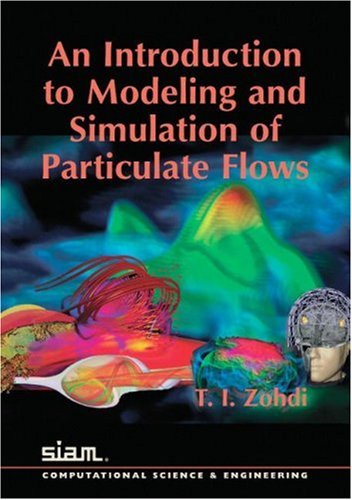
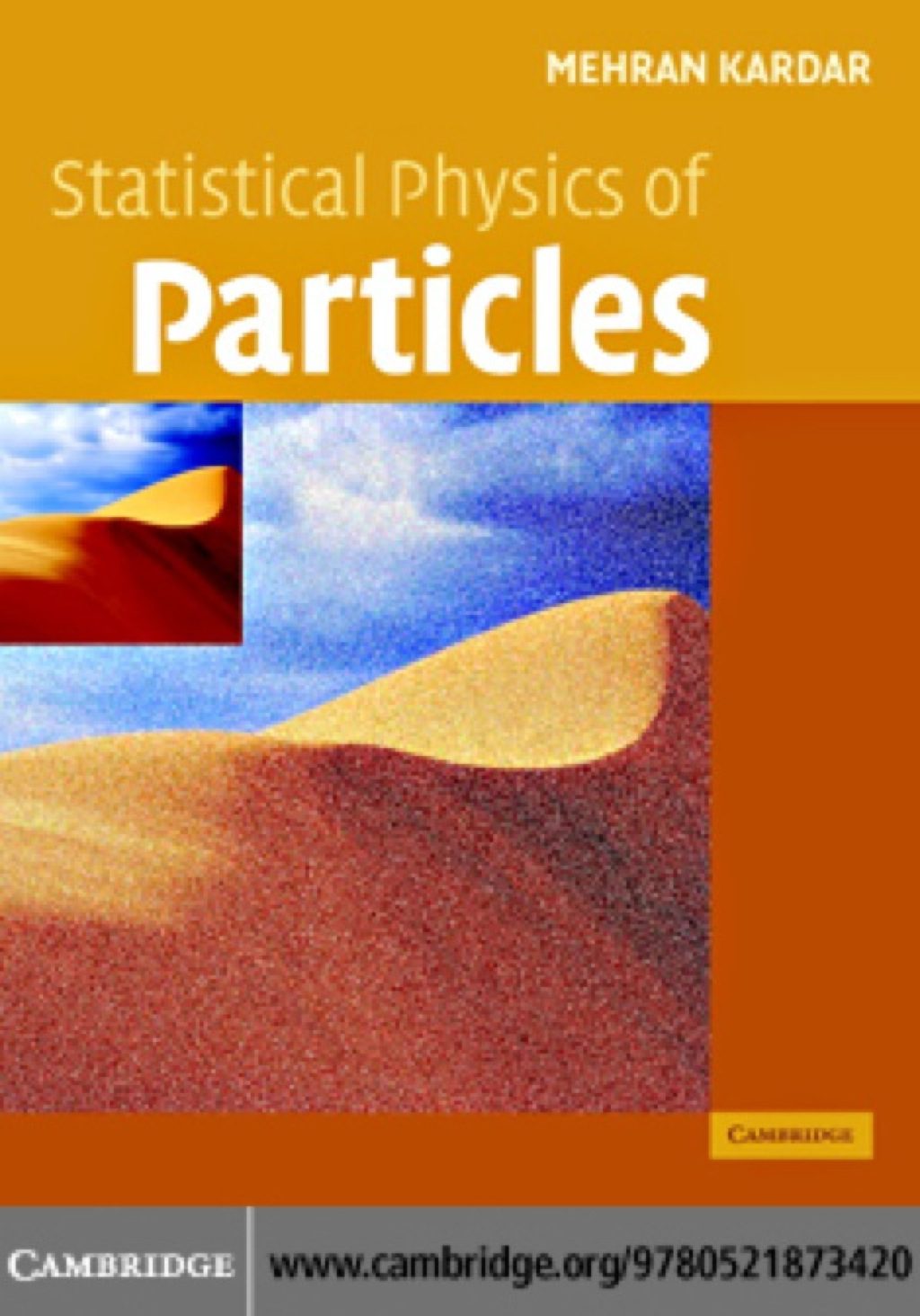

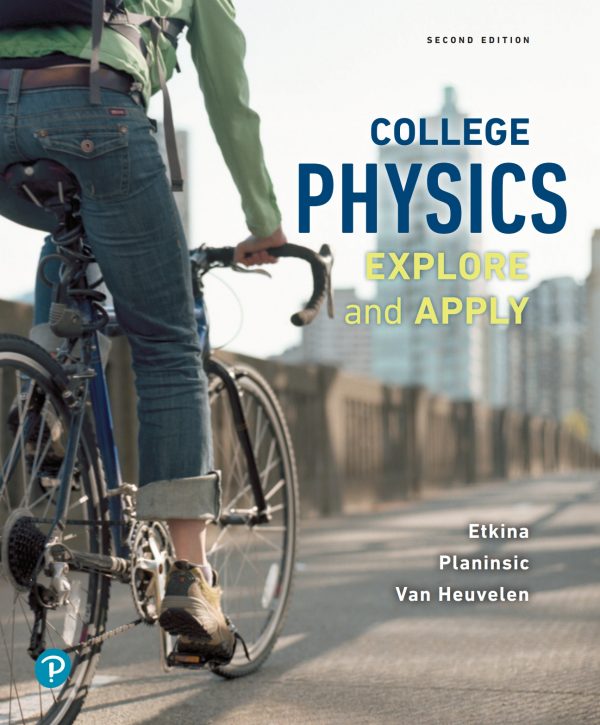
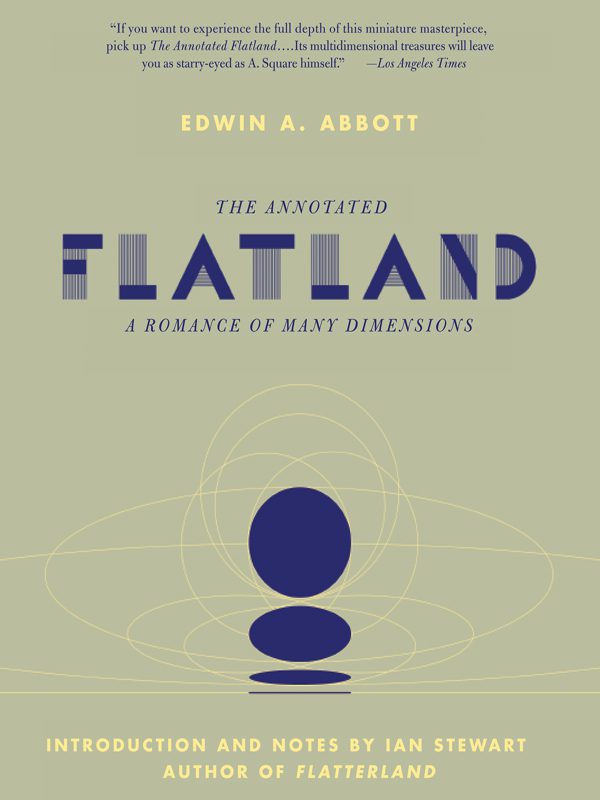
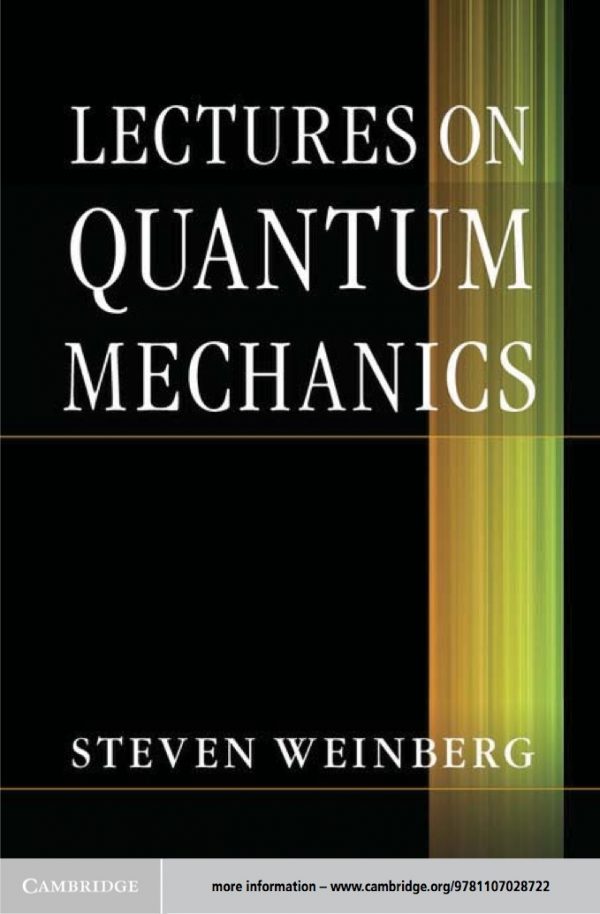
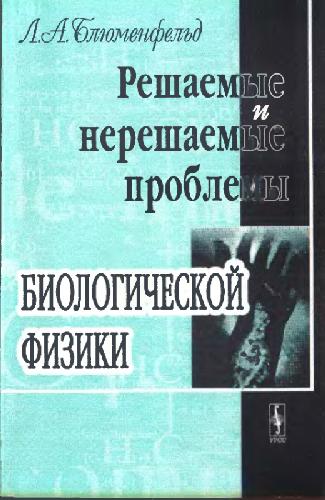
Reviews
There are no reviews yet.